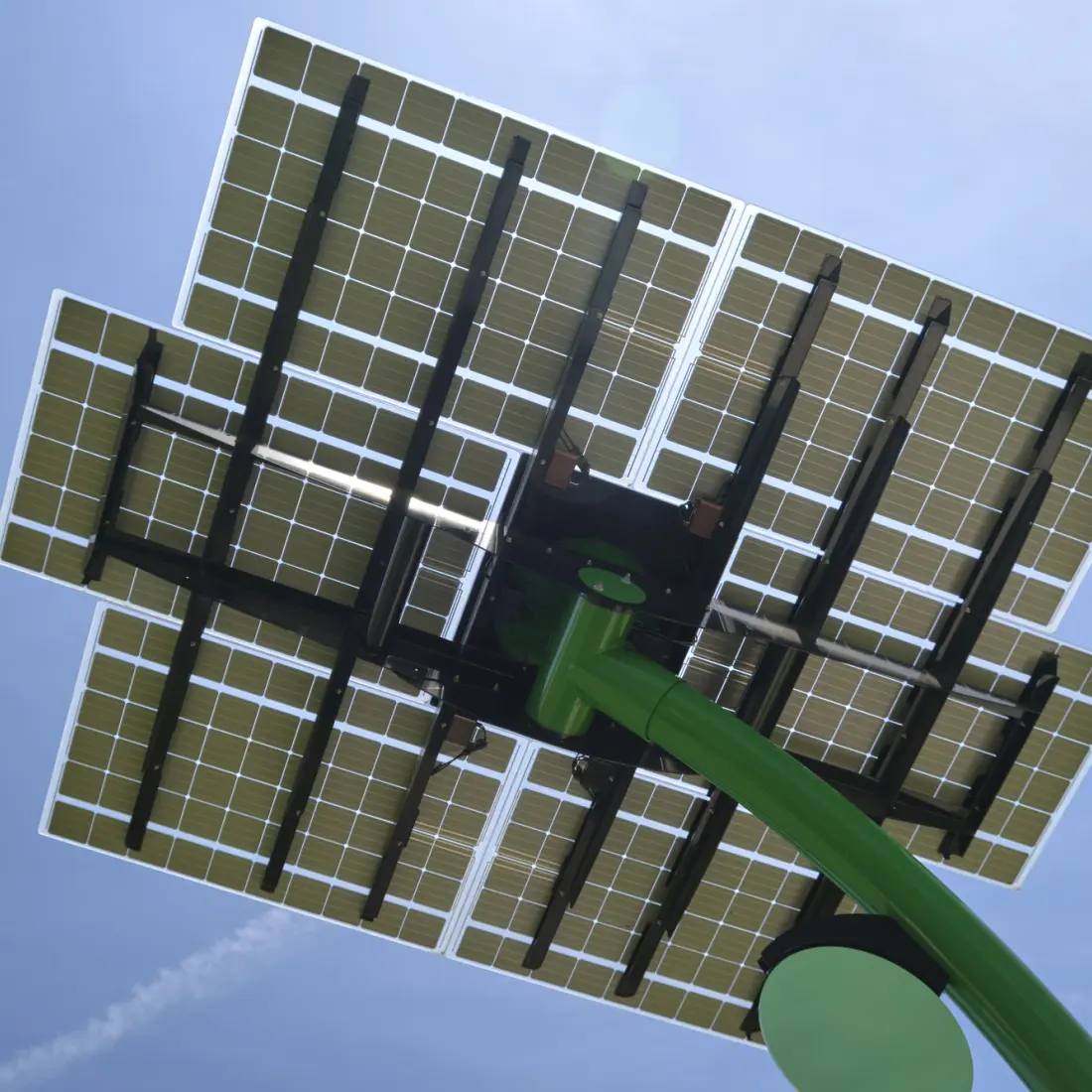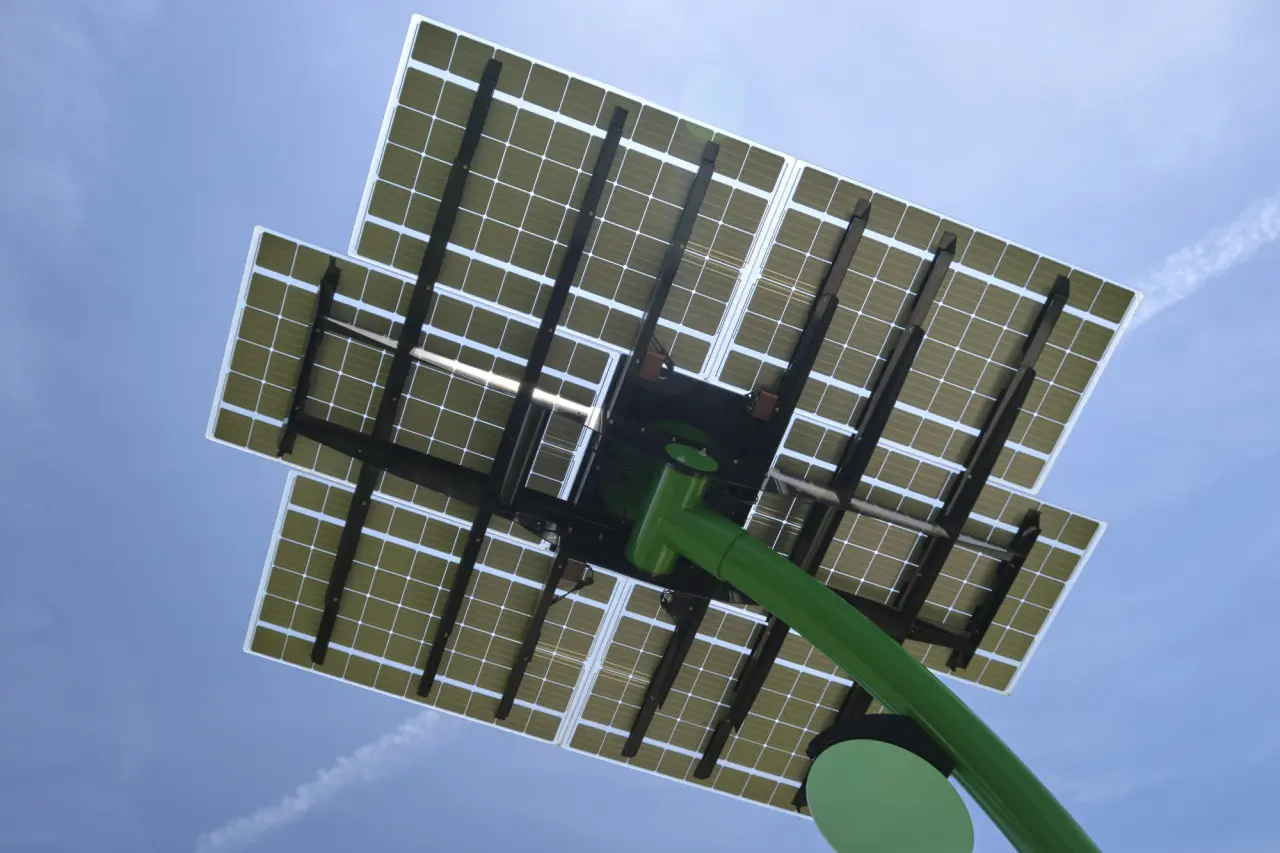Emerging innovations in unmanned systems


An unmanned system is a device or group of devices that can operate autonomously or by remote control, potentially reducing labor needs or even keeping humans clear of danger. These devices can be air-based, water-based or ground-based, and they can perform a wide range of tasks in each of these areas.
In recent years, systems such as unmanned aerial vehicles (UAVs) have emerged and increased in popularity in a wide range of industries. This technology offers numerous benefits, from reducing staffing needs to performing otherwise dangerous tasks without putting humans in peril to completing repetitive tasks.
These systems have great potential to revolutionize many fields, and further development of the technology is crucial to realizing this potential. Innovation in key areas can help extend these systems' usefulness and efficiency, making them valuable assets to many businesses and organizations.
Increased autonomy
Increased autonomy in unmanned systems reduces the need for human intervention, allowing for more efficient and reliable operations across various applications. Examples of these autonomy considerations include:
- Navigation: autonomous navigation systems use sensors, GPS, and advanced algorithms to pilot and follow optimal paths without human input.
- Route optimization: AI-powered systems continuously analyze data to find the most efficient routes, considering terrain, weather, and objectives.
- Self-maintenance: autonomous diagnostic systems can detect issues, perform basic repairs, or signal for maintenance when needed.
Autonomy is an essential component of most unmanned systems applications, so advancements in this area lay an important foundation for other innovations. To give unmanned systems greater autonomy, scientists and innovators need to continue developing complex algorithms that enable these machines to make intelligent decisions on their own to solve key challenges. Further, more sophisticated autonomous capabilities could expand needs in other areas like energy efficiency, real-time imaging, and connectivity.
Improved connectivity
Enhancing connectivity ensures more reliable communication between unmanned systems and control centers. Communication between unmanned devices and control methods is vital for ensuring efficient performance. Robust communication protocols, mesh networking capabilities, and technology like 5G enable better data transmission and real-time decision-making.
Potential uses include drone delivery systems that maintain constant communication for tracking and rerouting, scanning fields for agriculture, and remote inspection of oil and gas pipelines in areas with limited terrestrial network coverage.
Sustainability developments
Advancements in materials science are crucial for reducing unmanned systems’ impact on the environment. Carbon fiber reinforced polymers (CFRP) and other advanced composites reduce weight while maintaining strength, which helps improve energy efficiency and payload capacity.
Materials that can be easily recyclable or that biodegrade naturally can help reduce the environmental impact of unmanned systems.
Integrating high-efficiency photovoltaic solar power cells allows for extended mission durations, especially when placed for maximum effectiveness, using roof and ground space as needed. Advanced batteries can also provide improved energy efficiency and safety.
Advanced sensing and imaging
Advanced sensing and imaging technologies enhance the quality and variety of data collected through unmanned systems’ sensors and imaging systems. This enables more accurate analysis and decision-making. Technologies like high-resolution cameras and 3D scanning technologies like Lidar improve upon the capabilities of past systems by providing more detailed, accurate, and diverse data sets — often in real-time.
Applications of this advanced technology include multispectral camera-equipped UAVs for precision agriculture or mapping out treacherous terrain to aid in search and rescue efforts. It could even be used to survey terrain to aid city planning and expansion.
Dynamic adaptation to environments
Enhancing dynamic adaptation allows unmanned systems to operate effectively in diverse and changing environments, increasing their versatility and reliability. This includes real-time environmental sensing and reconfigurable hardware.
These capabilities improve upon past systems by enabling operations in unpredictable or extreme conditions that would have previously been too challenging. Dynamic adaptation helps address challenges like unpredictable obstacles, changing weather conditions, and varying terrain.
These advancements can help improve search and rescue missions, enabling drones to adapt to changing wind conditions and difficult terrain. This helps make drones a safer and more efficient search and rescue option than traditional methods.
Vertical takeoff and landing capabilities
Vertical takeoff and landing (VTOL) refers to the capability of an aerial device to ascend or descend directly up or down, similar to a helicopter, before using traditional forward propulsion method used by jets and other fixed-wing aircraft. As such, for unmanned systems, VTOL capabilities combine the advantages of fixed-wing aircraft — such as speed and efficiency — with those of rotorcraft — such as minimal takeoff and landing requirements — which can increase versatility and operational flexibility.
In short, VTOL can improve upon traditional fixed-wing designs by eliminating the need for runways to achieve efficient forward flight. Through this technology, drones can deliver packages in crowded urban areas.

Swarming technology
Strong connectivity also enables drone swarms, which are unmanned systems fleets that coordinate to perform a task. Swarming technology allows multiple unmanned systems to work together cooperatively, enhancing mission effectiveness and resilience.
Sophisticated inter-vehicle communication and distributed decision-making protocols help make this a possibility. These drone swarms can differ by the method in which they receive and distribute their instructions. Drone swarm models can be either centralized or decentralized:
- Centralized: in a centralized system, each drone in the swarm is in contact with a central hub from which it receives its instructions.
- Decentralized: in a decentralized system, instructions come either from a controller to a leader drone that assigns the instructions among the swarm, or they come from within the swarm and are dispersed accordingly.
This helps increase the capabilities of individual unmanned systems by enabling more complex missions, providing redundancy and increasing overall system effectiveness. Of course, this cooperation between devices requires strong communication capabilities, which highlights the importance of improving connectivity.
Energy-efficient propulsion systems
All unmanned systems require a propulsion system or a means of locomotion which can propel them forward. For devices like UAVs, the need for propulsion can be constant, naturally resulting in high rates of energy use.
The development of energy-efficient propulsion systems helps extend the range and endurance of unmanned systems, enabling longer missions and reducing operational costs. Systems like electric propulsion systems and advanced battery technologies improve upon traditional combustion engines by reducing emissions, noise, and heat while increasing energy efficiency.
Conclusion
Relying on unmanned systems for the final stretch of a delivery can even be a cost-effective way to reduce energy spent by driving a delivery vehicle. Studies show a significant reduction in CO2 emissions at this stage for a drone versus even a medium diesel truck.
Concentrating on these technologies' potential allows companies to continue driving innovation. Improving current capabilities will likely enable new uses that seem impossible today.